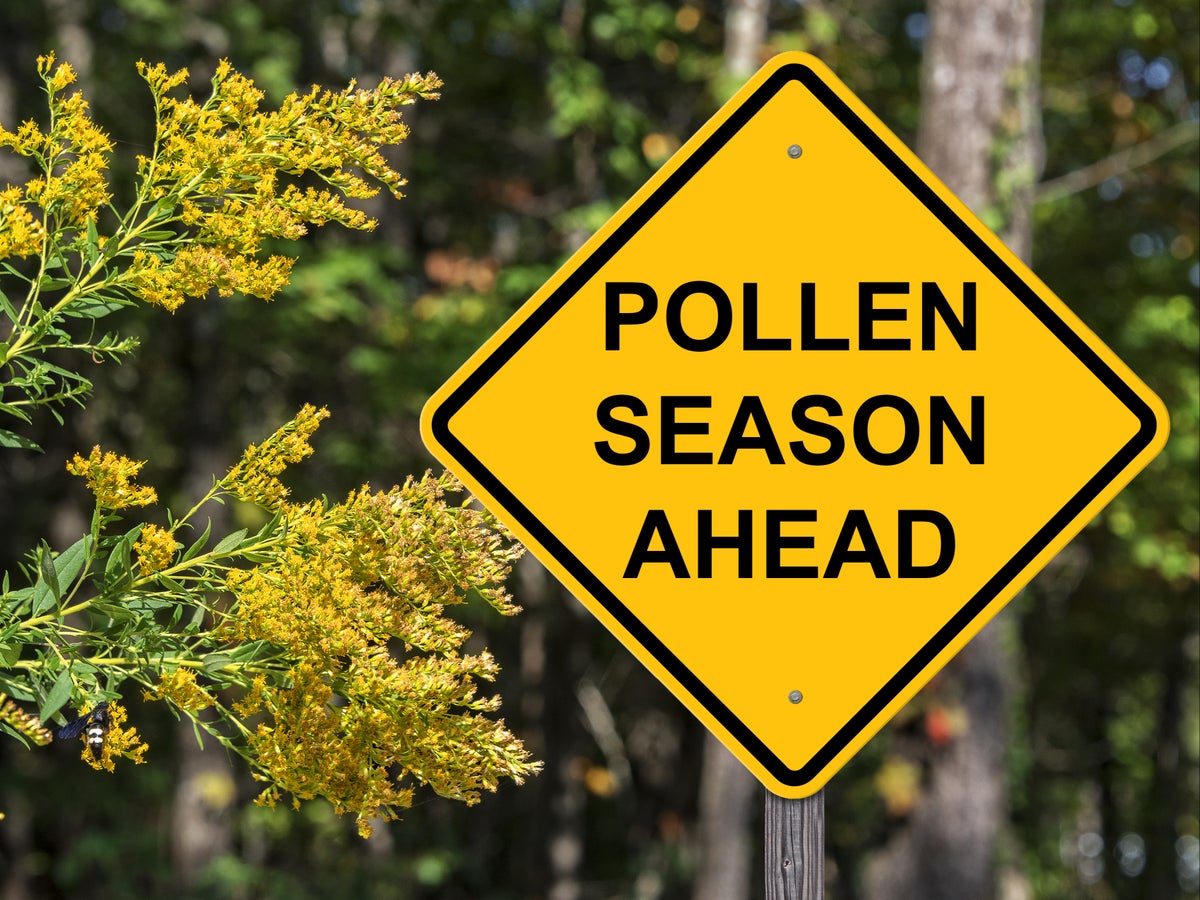
If you’ve been experiencing any of these symptoms – incessant sneezing, runny nose, itchy eyes and a banging head from wheezing all the time – then you know it’s allergy season.
Seasonal allergies, also known as hay fever, are allergy symptoms that occur during certain times of the year. Allergies occur when the body’s immune system overreacts to something in the environment, according to the American College of Allergy, Asthma and Immunology. They’re largely due to increased pollen counts in the springtime, typically beginning in late March to early June. Fall allergy season, when ragweeds bloom and release pollen, can begin as early as August until September.
However, seasonal allergies are likely to become even more intense due to climate change.
While everyone loves verdant trees, green grasses, and colourful flower beds to delight our bees and boost our picnic plans, the pollen that plants release cause any number of allergic reactions. In fact, approximately 81 million people in the United States were diagnosed with seasonal allergic rhinitis (hay fever) in 2021, per the Asthma and Allergy Foundation of America.
As seasonal allergies symptoms are predicted to get only worse, hay fever sufferers should have antihistamines handy if things get really bad. In the meantime, here are some times on how to ease any irritation caused by seasonal allergies.
Be prepared with an app
The are a number of apps available to help keep track of high pollen counts. My Pollen Forecast features a live pollen map, a diary feature to track allergies, and weather forecasts in the area. Allergy Alert offers information about the specific type of pollen that’s prevalent in your area, while the WebMD Allergy App provides resources for all types of allergies.
2. Keep the windows closed
Sunshine and blue skies? It’s only natural to want to throw open the windows. Unfortunately, this can also let pesky allergens in. Try to avoid opening windows during peak pollen hours of late morning and late afternoon, and close them at night when there’s a high pollen count too.
3. Vaseline can help in various ways
Vaseline can be a godsend when you have dry lips, eyelids or cracked skin. It can also help soothe and protect your nose. Try smearing it inside each nostril to ease any soreness and catch pollen entering the nasal passages.
4. Take a cool shower
If your eyes are streaming and you can’t stop sneezing, take refuge under the coolness of cold running water. Not only will it help ease symptoms, but you should wash your hair and change your clothing if you’ve been spending any length of time sitting or working outside. If you’re unable to shower until later, put a cold facecloth on your face and lie down for a few minutes in the meantime.
5. Used tea bags can help ease puffy eyes
Make the most of your morning by putting used tea bags in the fridge and applying them as a cold compress to help relieve any swelling and soothe sore, itchy eyes. Cucumber slices can work too.
6. Keep your face mask on
Since face masks have become the norm, you may as well use them to filter out particles of pollen.
7. Wear wraparound sunglasses
Not only do wraparound sunglasses help block out the sun, they can also slightly increase protection against pollen getting in your eyes.







